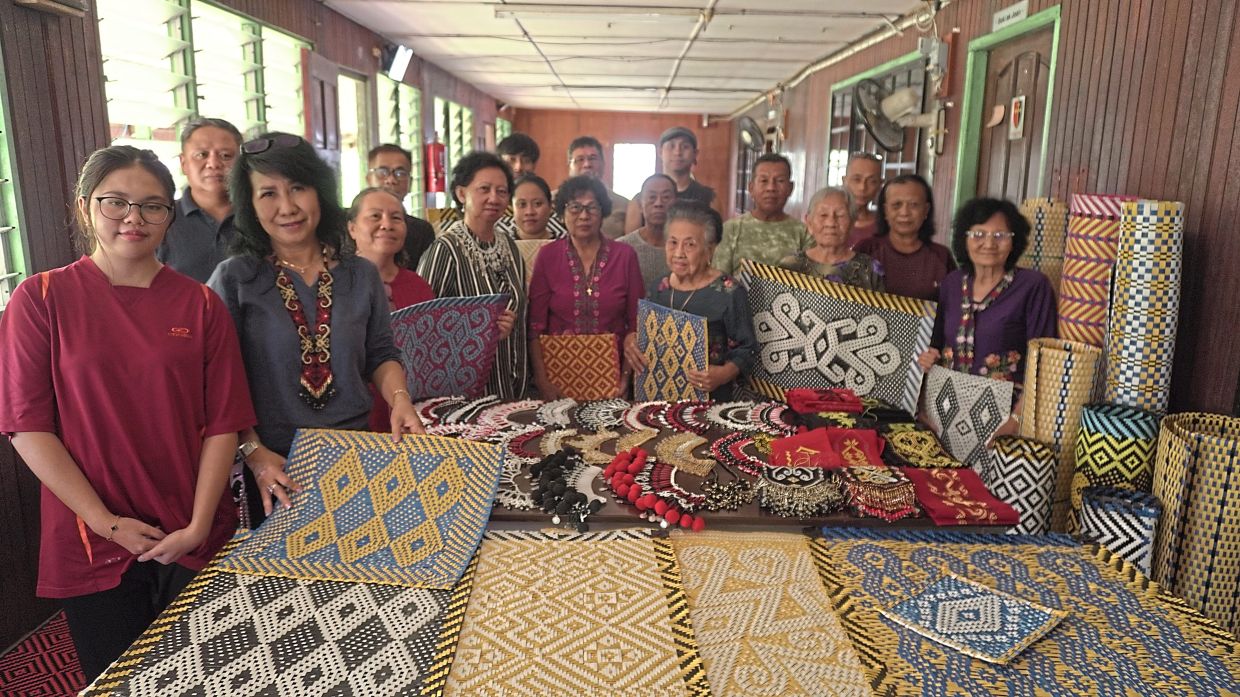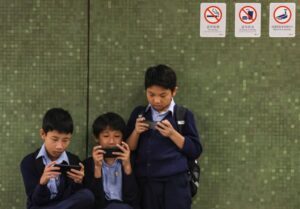IN the quiet longhouse of Rh Ruekeith Jampong, the weaving looms whir and thump, while colourful beads click-clack as they are strung together by sturdy hands.
Here, in Langkang Ili, Engkilili, an ancient heritage is being given a breath of life, with economic revival as well.
Villagers, young and old, have been given a chance to turn their heritage into livelihood through a traditional craft training project.
Organised by the Sarawak Dayak Iban Association (Sadia) with support from the All-Party Parliamentary Group Malaysia (APPGM) SDG Secretariat, the initiative is part of a nationwide effort to localise sustainable development goals (SDGs) at the grassroots level.
For communities in Engkilili in Sarawak, it has also brought a renewed sense of pride.
Over the past weeks, 13 villagers – nine men and four women aged 17 to 82 – gathered to learn traditional weaving, beading and “sulam” (embroidery).
At the same time, they picked up practical know-how in online marketing to ensure their crafts can find buyers in local and global markets.
Participants were also taught basic bookkeeping and how to manage cash flow.
At the heart of the programme is trainer Catherline Musa, a veteran handicraft maker from Sri Aman.
What started as a hobby 35 years ago has become a sustainable income stream for the 58-year-old entrepreneur.
Catherline turned her passion for handicrafts into a small but thriving enterprise, earning enough to provide for her household.
Today, she shares that journey with her students, showing them that cultural tradition can be both heritage and livelihood.
“Housewives, students, retirees, even those looking for employment, if you have the knack for it, you should give it a try. We can use our spare time for something productive that can generate income,” she said.
The traditional craft training programme aims to help generate income for B40 households.
It also connects participants with industry players and local stakeholders to help them create an economically viable venture.
Catherline cited her own experience of turning her hobby into a sustainable income stream to raise her two children.
“I started doing handicrafts in 1991, purely as a hobby, as I enjoyed making heart-shaped pillows and cardboard picture frames. Then I picked up cross-stitching, crochet and patchwork (textile craft),” she said.
“The crafts I made were for my own decorations, but attracted a lot of interest from people who came to the house. I started to receive orders and requests.”
She said craft makers should emphasise quality over quantity, pointing out that premium products are more valuable.
A handicraft maker needs passion and commitment, and not do things half-heartedly.
“Craft making takes time, effort and energy. In this sense, it is better to make quality products, which is about quality materials and good craftsmanship.
“Quality workmanship can lead to repeat orders and good reviews. Our crafts reflect our brand as an individual.”
Catherline advised handicraft makers to always learn, improve and perfect their crafts.
“Learn the latest trends in product design and motifs,” she said, “and learn to use technology to expand market outreach and utilise modern tools to promote your crafts.”
Langkang Ili longhouse chief Ruekeith Jampong said the project’s impact goes beyond economics.
“This is more than crafts – it is about empowering our people, reviving culture and giving rural families hope for a better future.
Participant Felixous Taka commended the soft skills programme as a means to create an income source among the longhouse folks, particularly the B40 group.
“It’s not just about making beautiful things. It’s about bringing back what our grandparents taught us and finding new ways to support our families,” he said.
He was also pleased that the programme not only provided skills training but connected participants with stakeholders.
“This gives us a platform to further pursue the handicraft industry, as well as to sell and promote products in both conventional and online markets,” he added.
Berenai Jingan, the oldest participant, hoped that more such upskilling programmes could be introduced to the rural longhouse folks to diversify their income source.
The 82-year-old was happy that the programme promoted culture preservation to the village’s younger generation.









